Portraiture and Lighting Techniques.
My first favourite topic we studied in November 2023 was lighting techniques in the studio. I particularly liked photographing people and my friends and then further editing whilst developing new skills on Adobe Lightroom.
- Rembrandt Lighting– Rembrandt lighting is characterized by an illuminated triangle under the eye of the person, particularly on the less illuminated side of the face. It’s a popular technique because it creates images that look both dramatic yet natural.
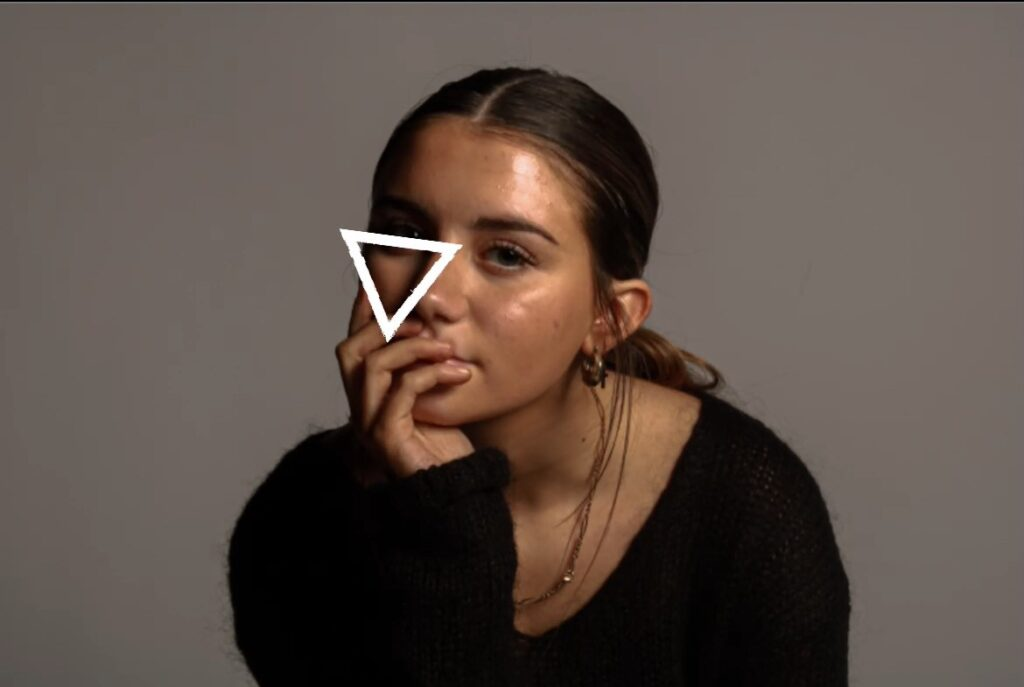
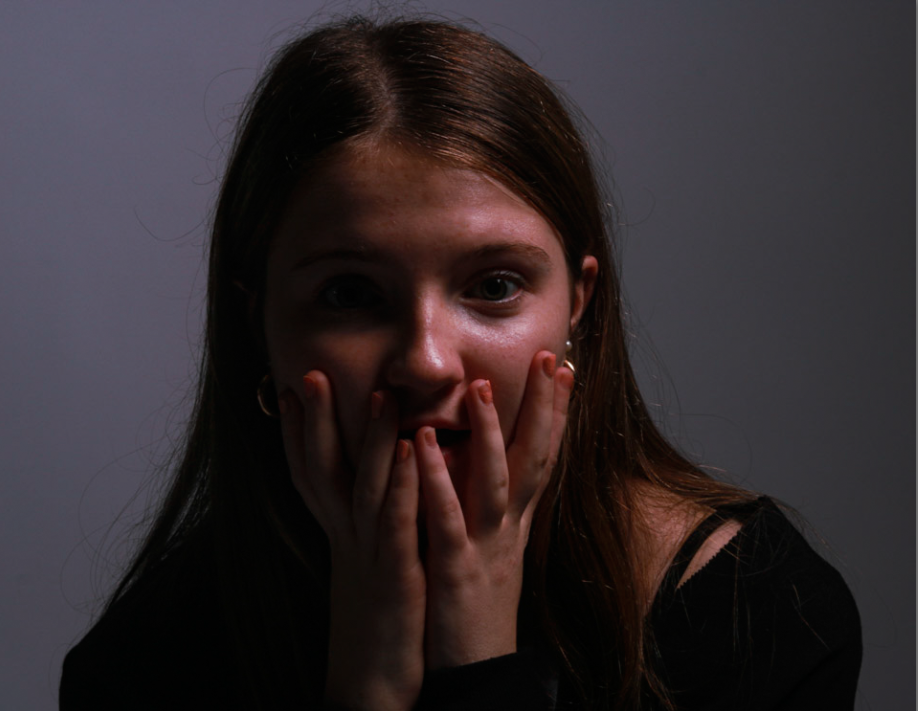
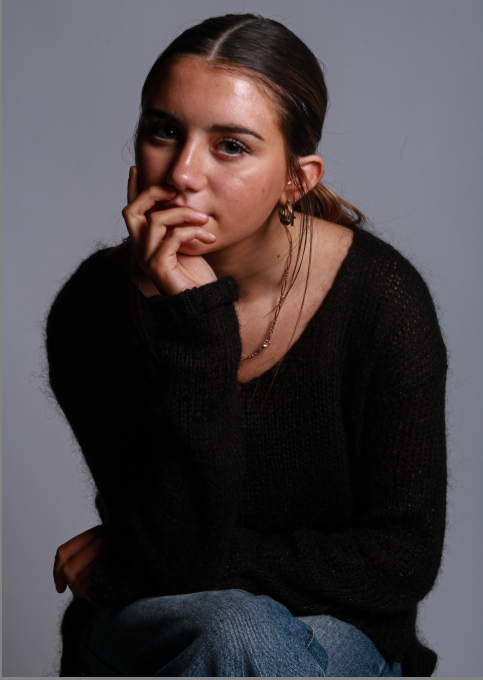
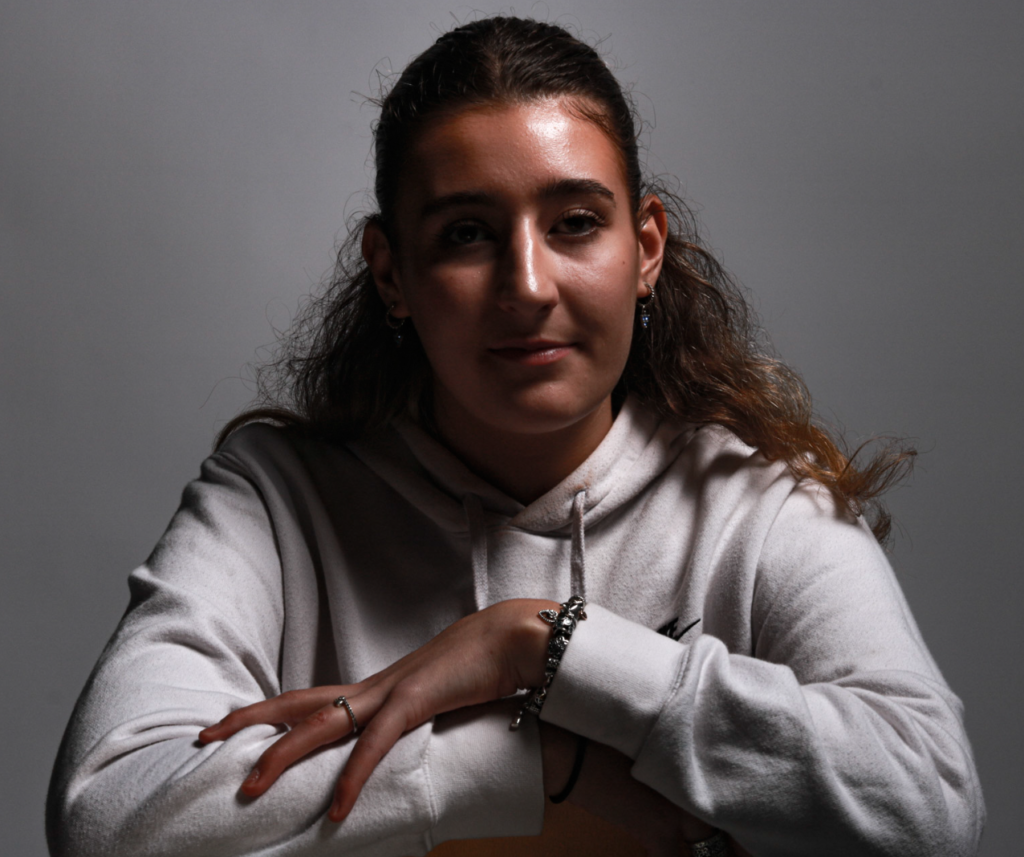
- Butterfly Lighting– Butterfly lighting is a lighting technique used by photographers where a light source such as a flash head is placed right above and ever so slightly in front ‘an exact 45-degree angle’ of the models face. This creates a small butterfly-shape made from a shadow under the nose. This technique is often used to make the model look thinner and their eyes look larger.
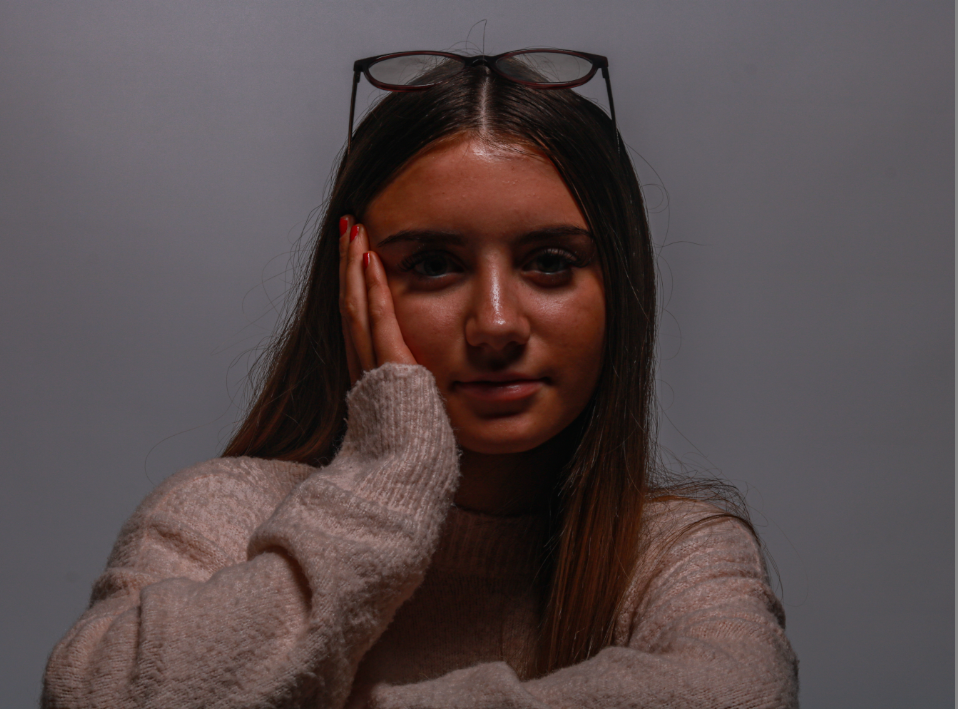
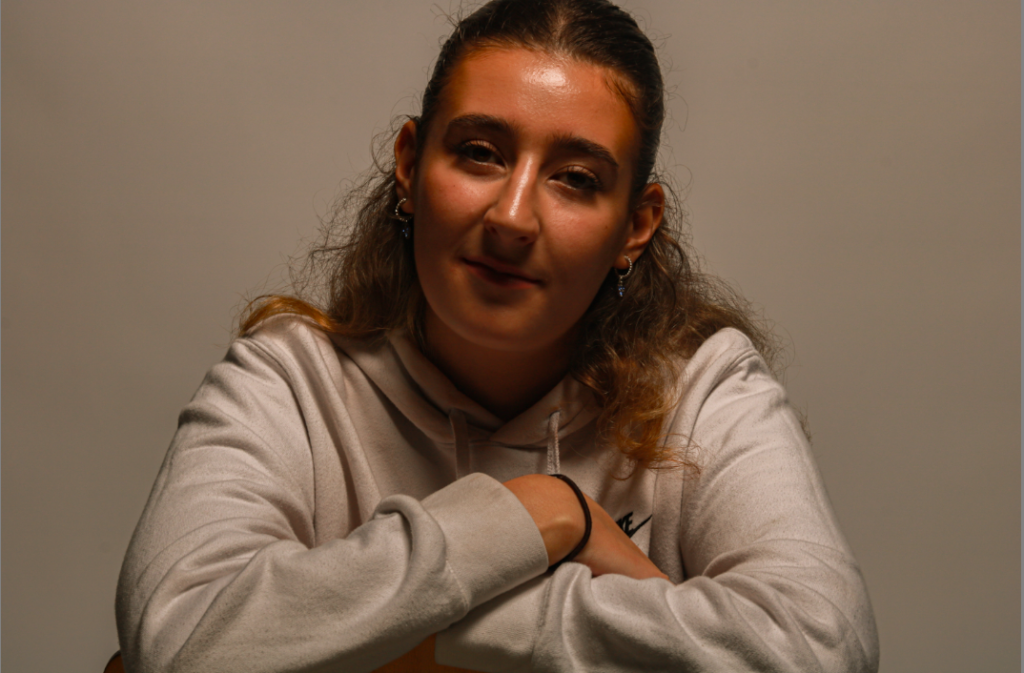

- Chiaroscuro Lighting– Chiaroscuro was a compositional device developed by Ugo da Carpi, however high renaissance artists Leonardo da Vinci was found out to have also helped to ‘pioneer’ the creation of Chiaroscuro lighting. Chiaroscuro is a renaissance painting technique which means “light-dark” in Italian. The theory of Chiaroscuro is that it is always best achieved by the effect of light falling on the model/ subject however it must also allow the shade to give two-dimensional figures a sense of volume.

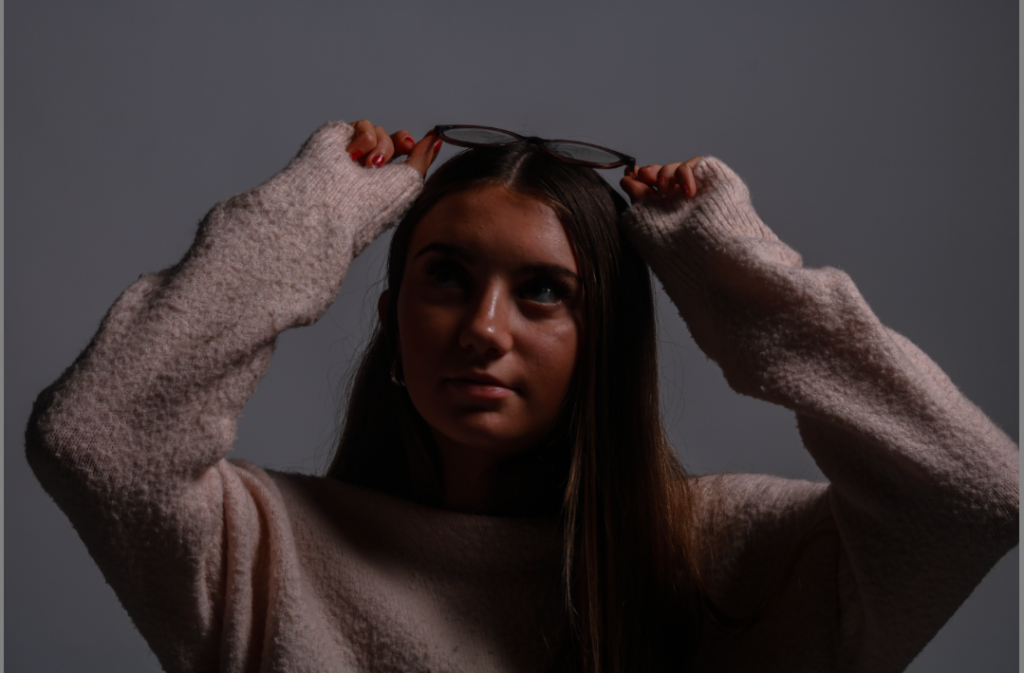
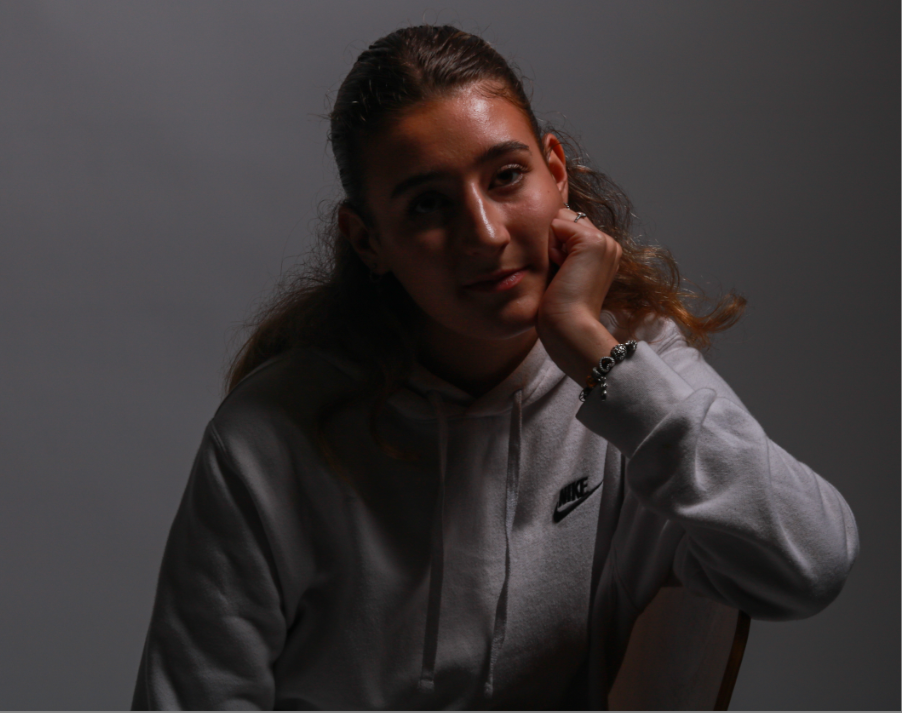
This method of photography also helped me gain knowledge on tools used during photographs which I did not know were necessary. these photography tools called ‘reflectors‘ help to redirect light onto my model, I must remember that it does not It doesn’t create any light but it will move and redirect light that is created by a flash head create fill light and lessen shadows.
Portraiture and Experimenting with Colour.
During this topic particularly enjoyed using different models and using a honeycomb head and a snout head on the lights. I had one person standing next to the lights and holding the coloured gels. I wanted this person to be interchanging with multiple colours such as pink, purple, red, blue, yellow, white and green. I loved experimenting and having my models use different expressions and facial expressions to display their emotions. I wanted my photos to convey a sense of ‘false identity’ and mystery as they could possibly show the persons real ‘self’ or ‘story’.
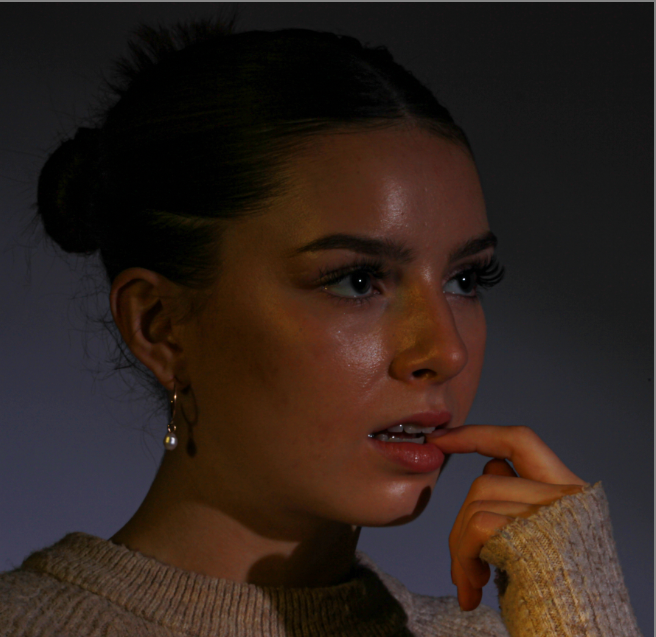
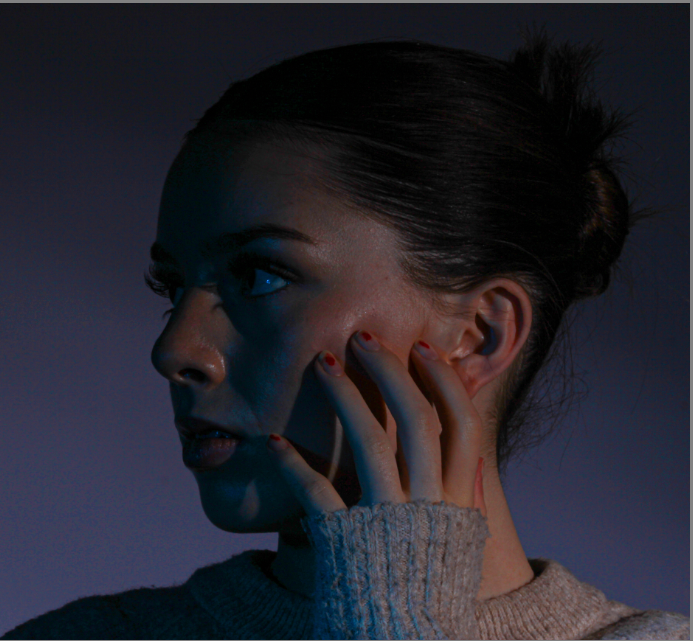
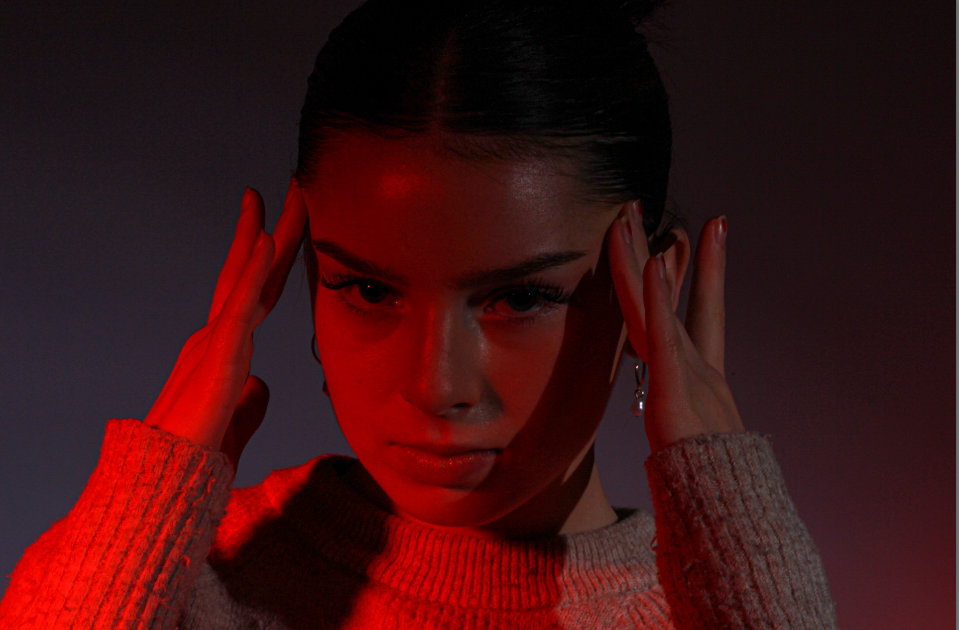
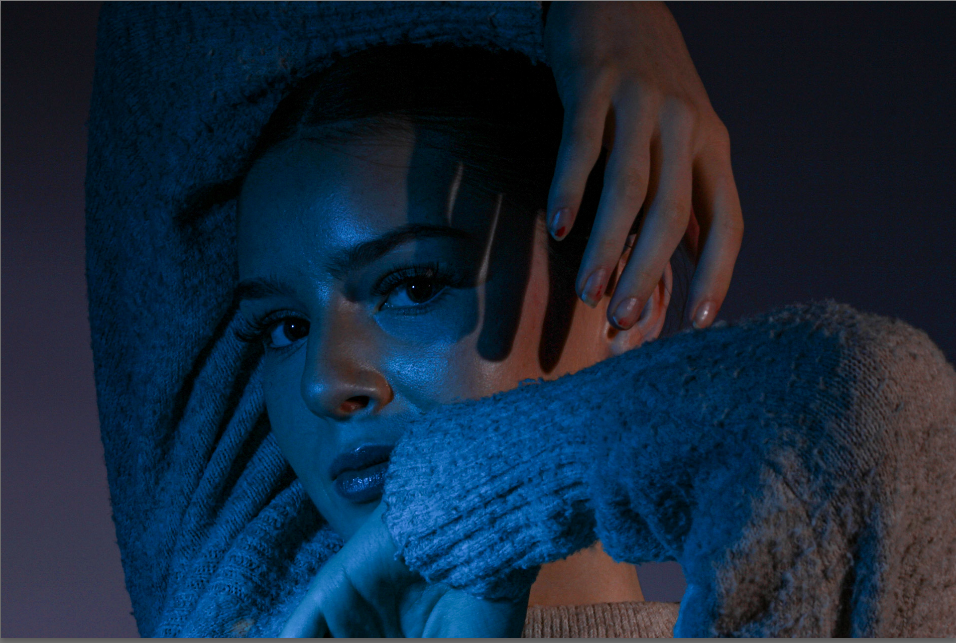
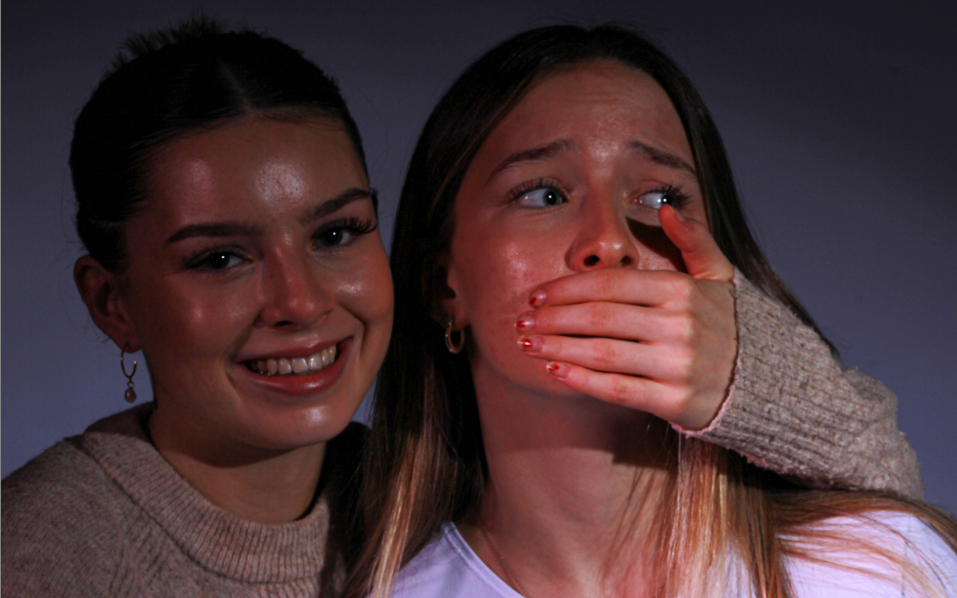
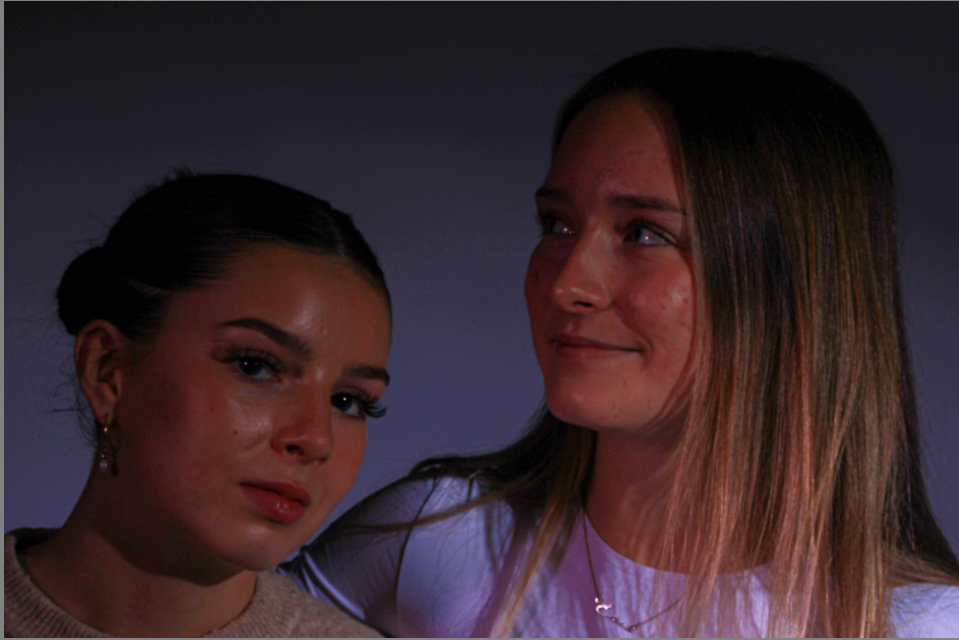
This project also then extending my editing skills on Adobe Photoshop, as I experimented with different layering and colours to create a picture. I really enjoyed working with brightness opacity and colour settings to create optical illusions through my images. I really like this double exposure effect for my photos and I think it helps improve their meaning behind it.
Edits:
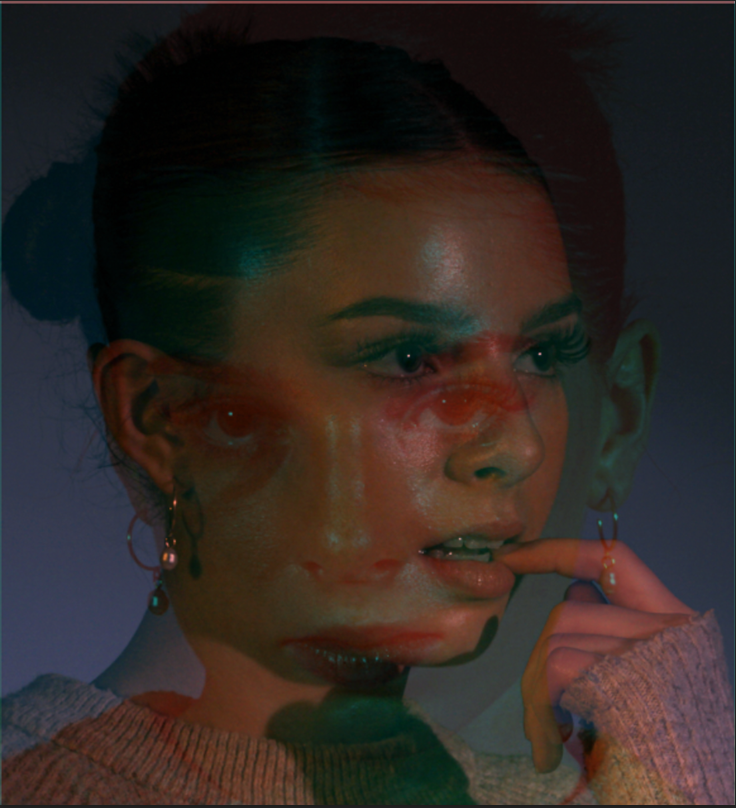
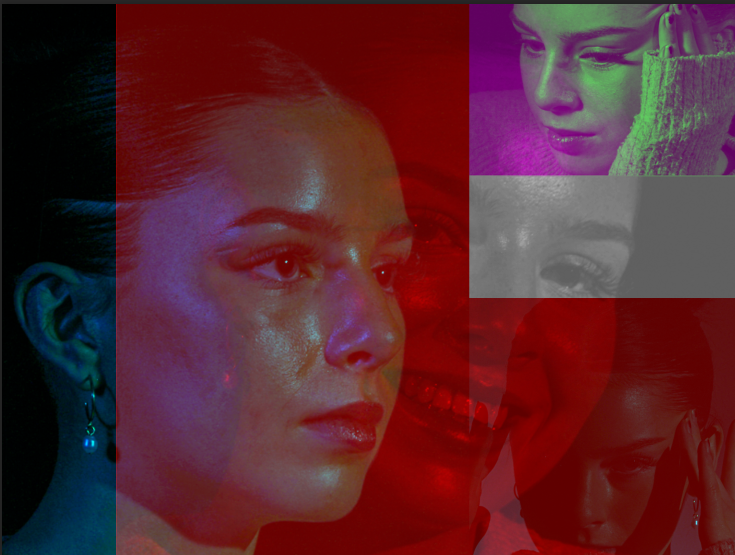
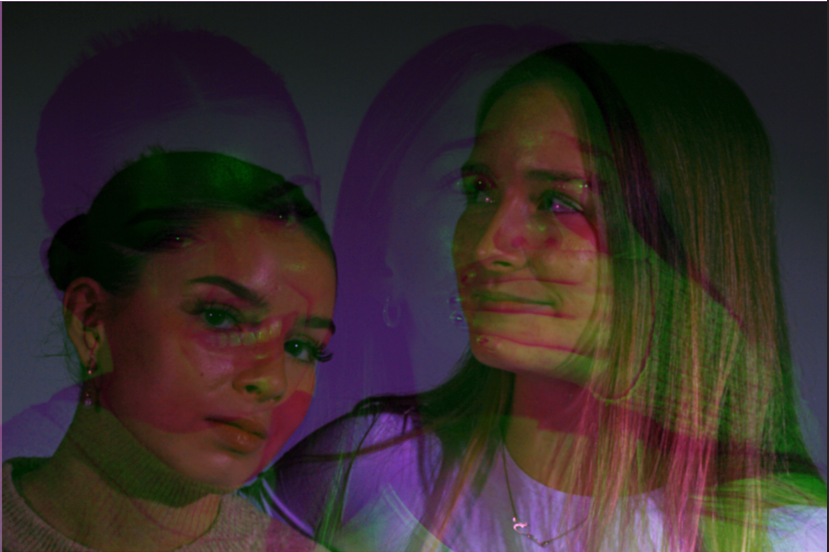
Experimenting with colour has helped me when doing the editing process of my images and how these different colours can reflect different moods and emotions in a piece of work through the characters.
Romanticism and The Sublime.
I really enjoyed researching and learning more about the history behind Romanticism and The Sublime, however I slightly struggled with the concept of creating photos to convey the concept of these eras in photography and art.
Romanticism– An artistic and intellectual movement which originated in Europe. Artists have been painting the landscape since ancient times. Wall paintings of landscapes were also created by the Greeks and the Romans. After the Roman Empire, people temporarily stopped appreciating pure landscapes and the landscapes were seen only as a setting for religion. This carried on until around the 16th century, then artists began to truly appreciate landscape as an important subject. Landscape first became popular in The Netherlands and people began to use it for painting, this worked perfectly for middle class protestants seeking art for their homes and wanting unique pieces of artwork.
The sublime– A combination of the internal/emotional and the external/natural world. It explores how humans allow our emotions to overwhelm our rationality as we experience the wonder of creation. It can also be described as the quality of greatness in multiple ways such as physically, morally, intellectually, metaphysically, aesthetically, spiritually and artistically. The term especially refers to a ‘greatness beyond all possibility’ of calculation, measurement, or imitation.’
My Mood Board.
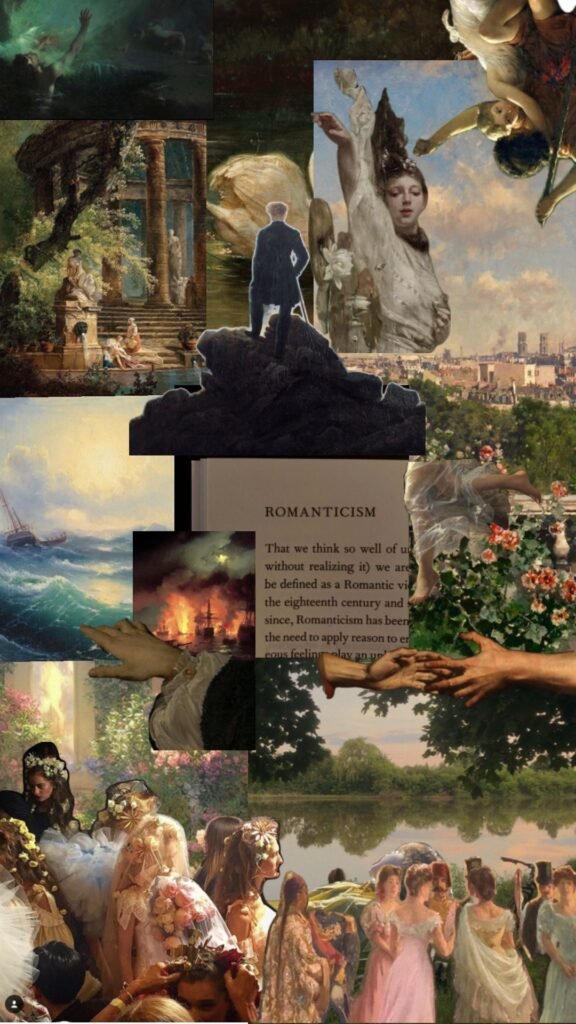
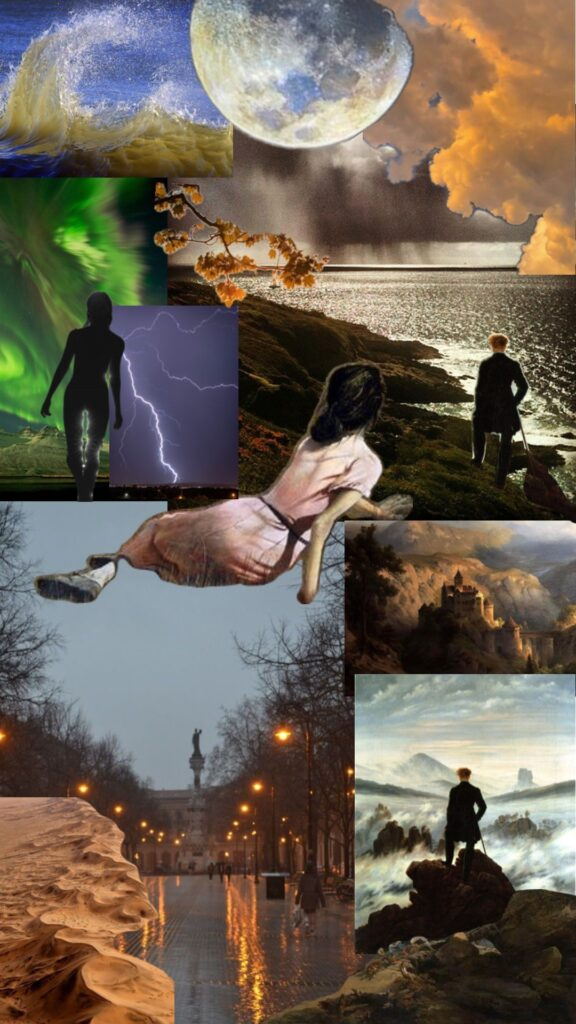
Femininity and Masculinity.
Overall, I believe my favourite subject we have studied in photography was Femininity and Masculinity. This is due to the fact It is a fascinating topic for me and I really enjoyed researching different artists and photographers who dedicate their career to these themes and topics amongst gender and identity. For example:
Cindy Sherman:
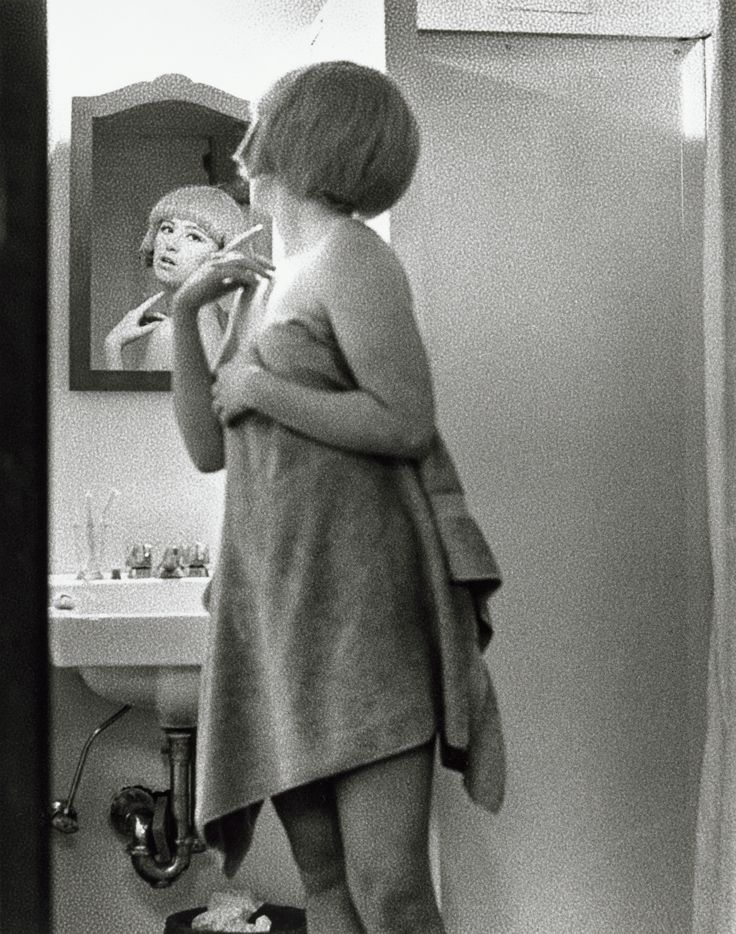

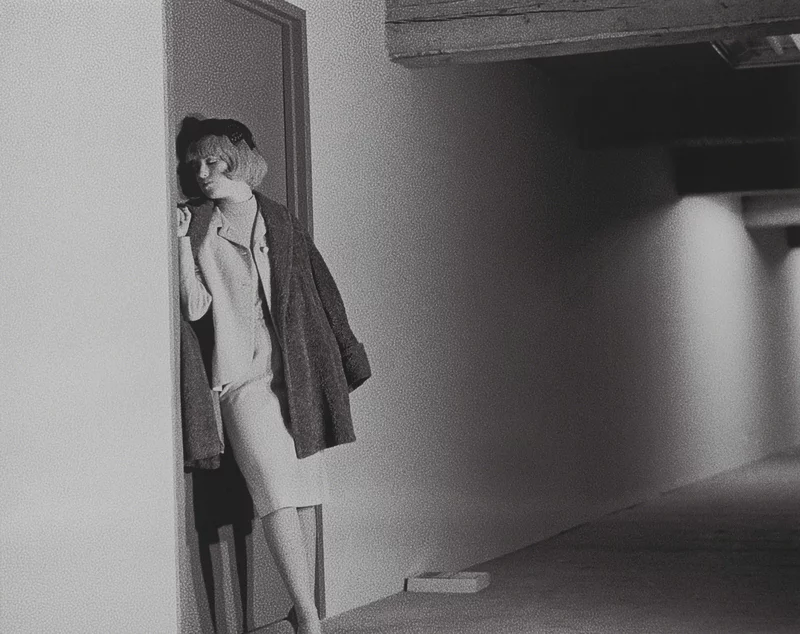
This photographer takes the topic of Feminism and how women are domesticated. Her work on ‘Untitled Film Stills‘ particularly influenced me to attempt to replicate some of her photos for myself. These images encapsulate the images of femininity that, through the media culture of movies, had a hold on America’s collective imagination at the time.
My Mood Board.
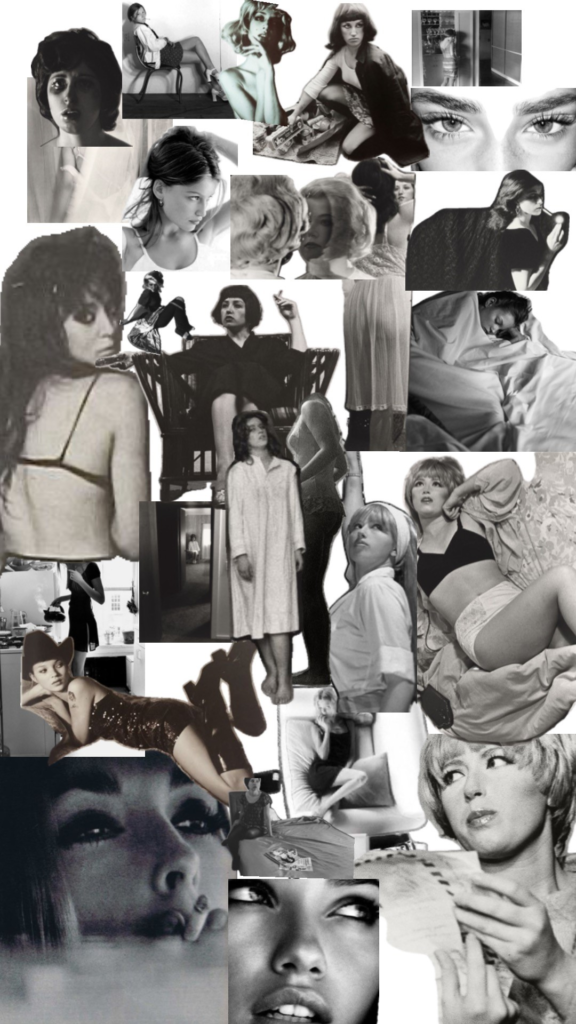
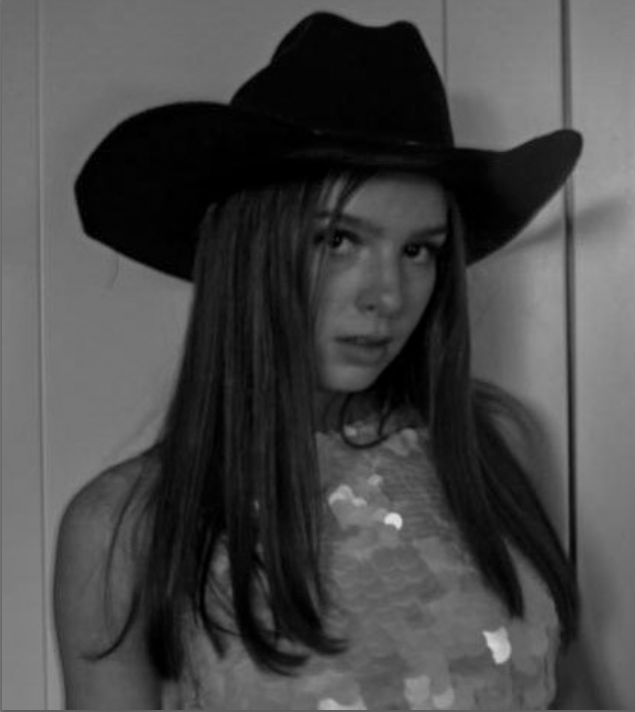


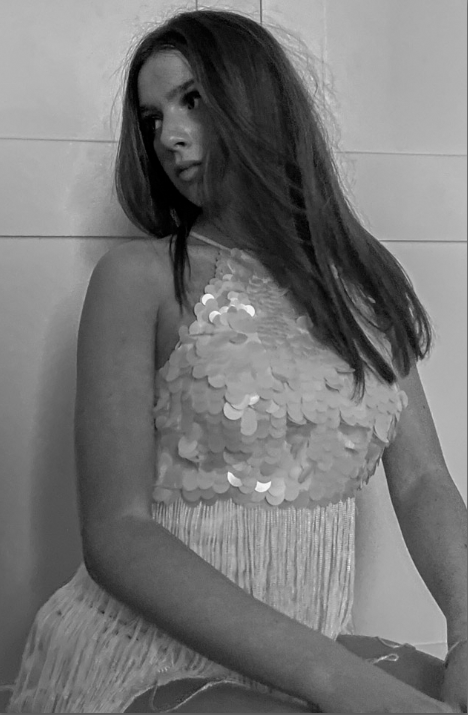

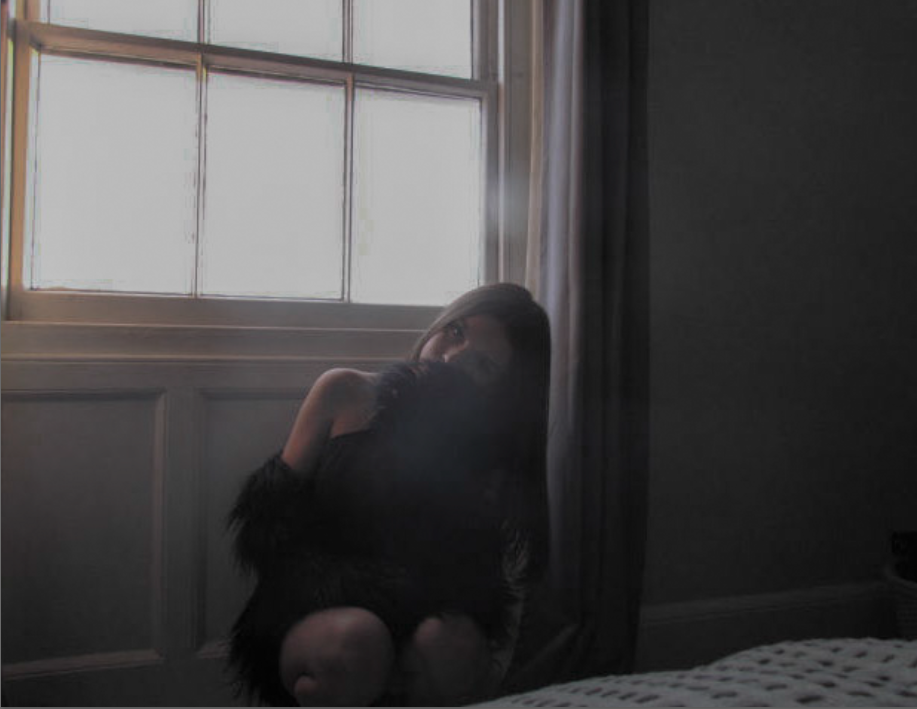
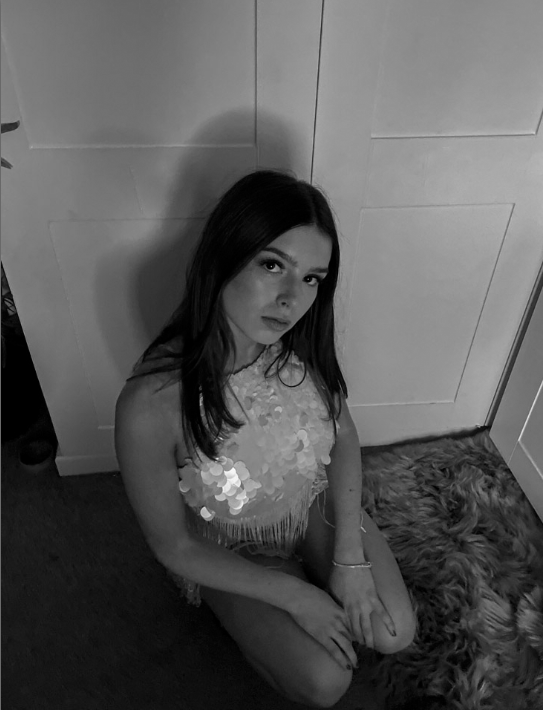
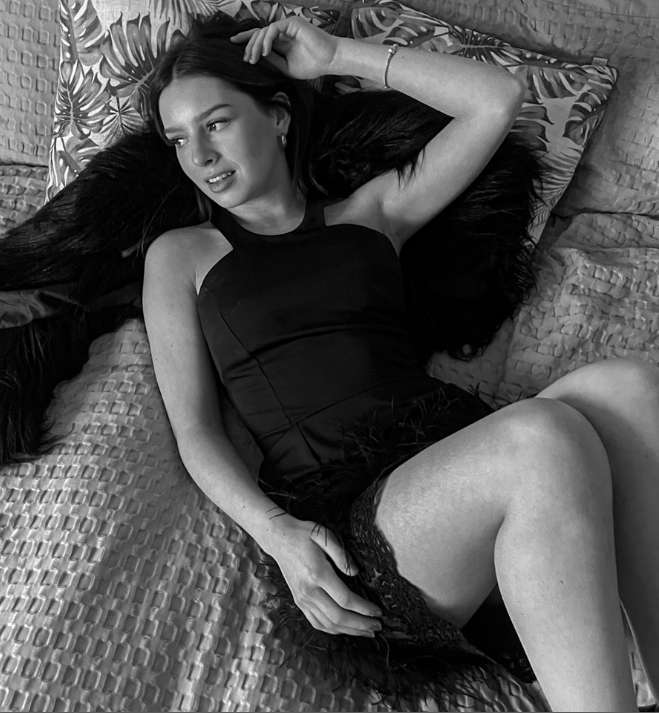
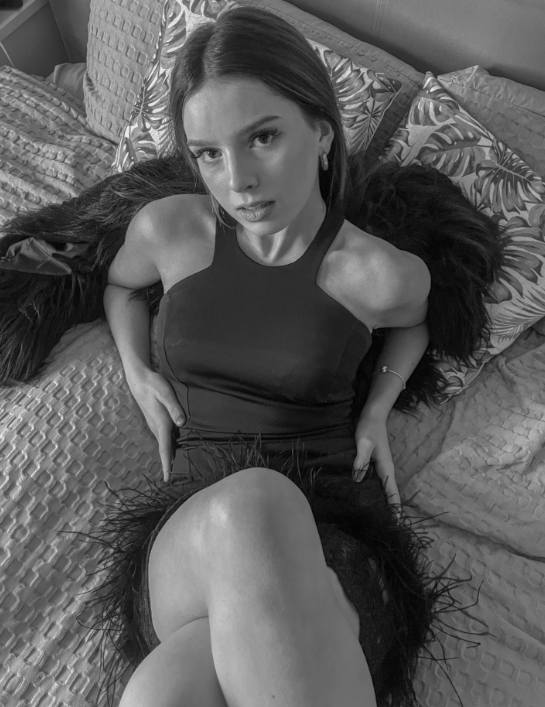
Edits:
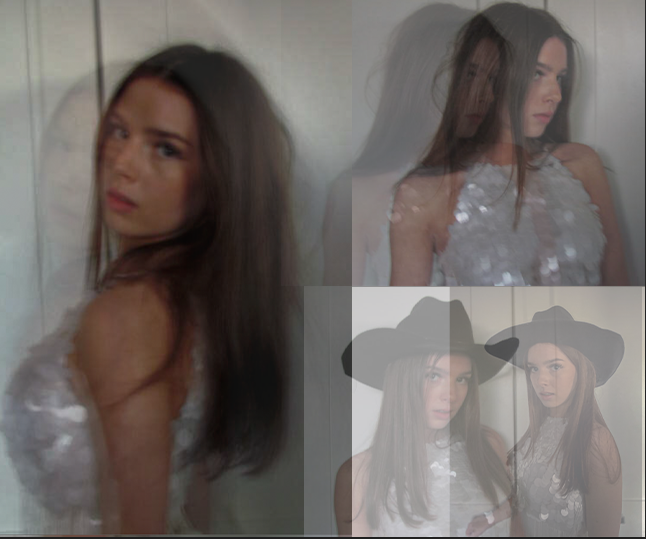

Femininity and masculinity, self-expression, gender stereotypes and identity is a subject I would like to revolve my personal study around. Due to the fact I have learnt lots about Cindy Sherman, Identity politics and culture wars. I believe this will help me to convey my ideas and portray the message I am attempting to create. I really enjoyed using historical context to produce a photoshoot that looks like its from the past.
